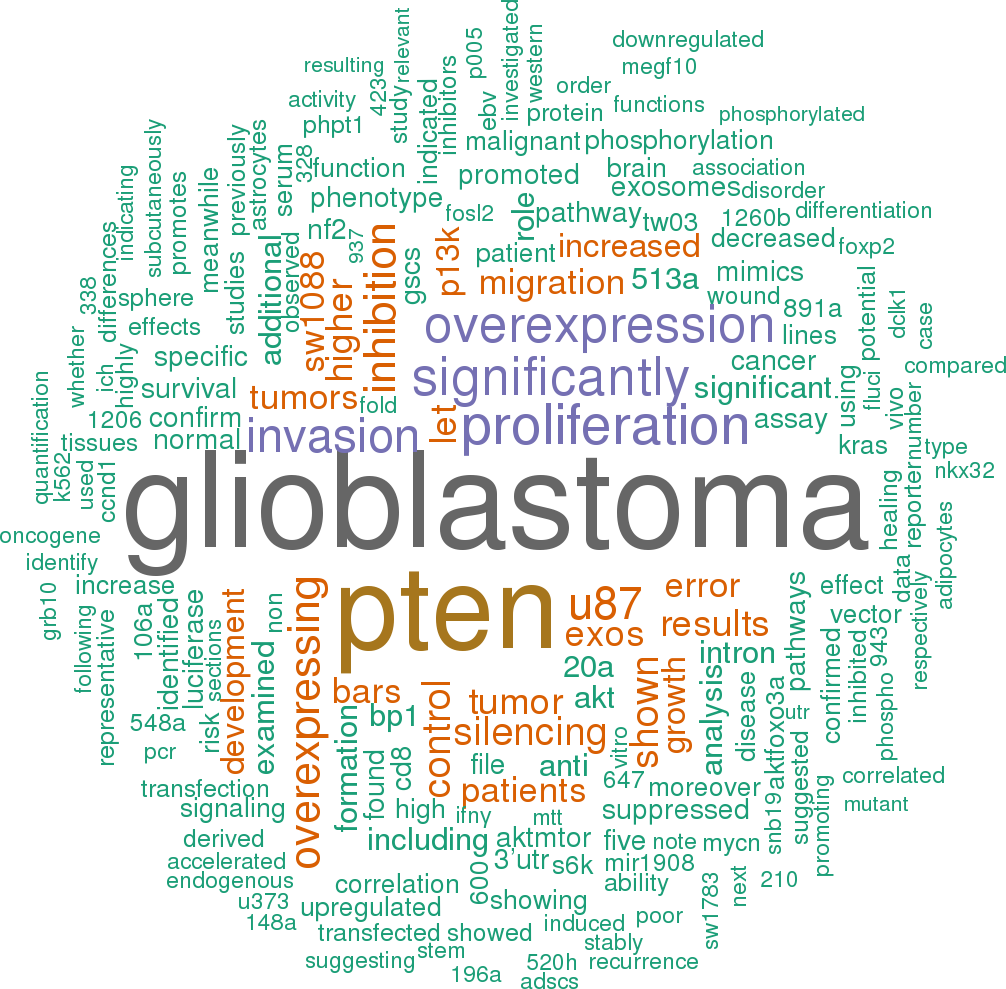Accession
MI0008329
Symbol
HGNC:
MIR1908
Description
Homo sapiens
hsa-mir-1908 precursor miRNA mir-1908
Gene
family?
family?
RF03314;
mir-1908
Summary
Caution, this is an AI generated summary based on literature. This may have errors. ?
MIR1908 is a micro-RNA encoded by the MIR1908 gene located on chromosome 11 and is implicated in various biological processes and diseases [PMC9469614]. It has been identified as a potential biomarker for prostate cancer, with lower expression in tumor tissues compared to normal tissues, suggesting a role as a proliferation suppressor [PMC5696163]. MIR1908 has been associated with the activation of the AKT pathway in neuronal models, although this relationship was not observed in HuH-7 liver cancer cells [PMC8660805]. Additionally, MIR1908 expression appears to be regulated independently of the FADS1/2 loci despite their genomic proximity [PMC8660805]. The gene has also been linked to bipolar disorder (BD), with significant associations found after correction for multiple testing [PMC9547016]. Functional analyses have suggested that certain genetic variants within MIR1908 may alter its secondary structure and potentially its function [PMC9547016]. Despite these associations, further research is needed to fully understand the biological mechanisms and clinical significance of MIR1908.
Literature search

19 open access papers mention hsa-mir-1908
(146 sentences)
(146 sentences)
Sequence
495
reads,
79
reads per million, 72 experiments
cgggaaugccgCGGCGGGGACGGCGAUUGGUCcguauguguggugccaCCGGCCGCCGGCUCCGCCCCGgcccccgcccc
((((...((((.(((((((.(((((.(((((..((((.....)))).))))).))))).))))))).)))).))))....
((((...((((.(((((((.(((((.(((((..((((.....)))).))))).))))).))))))).)))).))))....
Structure
---- aau C A A Cc g
cggg gccg GGCGGGG CGGCG UUGGU guau u
|||| |||| ||||||| ||||| ||||| |||| g
gccc cgGC CCGCCUC GCCGC GGCCa cgug u
cccc --c C G C -c g
Annotation confidence
Not enough data
Do you think this miRNA is real?
Genome context
chr11: 61815161-61815240 [-]
Disease association
hsa-mir-1908 is associated with one or more human diseases in the Human microRNA Disease Database
| Disease | Description | Category | PubMed ID |
|---|
Mature hsa-miR-1908-5p
| Accession | MIMAT0007881 |
| Description | Homo sapiens hsa-miR-1908-5p mature miRNA |
| Sequence | 12 - CGGCGGGGACGGCGAUUGGUC - 32 |
| Evidence |
experimental
454 [1-2], Illumina [3] |
| Database links |



|
| Predicted targets |


|
Mature hsa-miR-1908-3p
| Accession | MIMAT0026916 |
| Description | Homo sapiens hsa-miR-1908-3p mature miRNA |
| Sequence | 49 - CCGGCCGCCGGCUCCGCCCCG - 69 |
| Evidence |
experimental
Illumina [4] |
References
|



